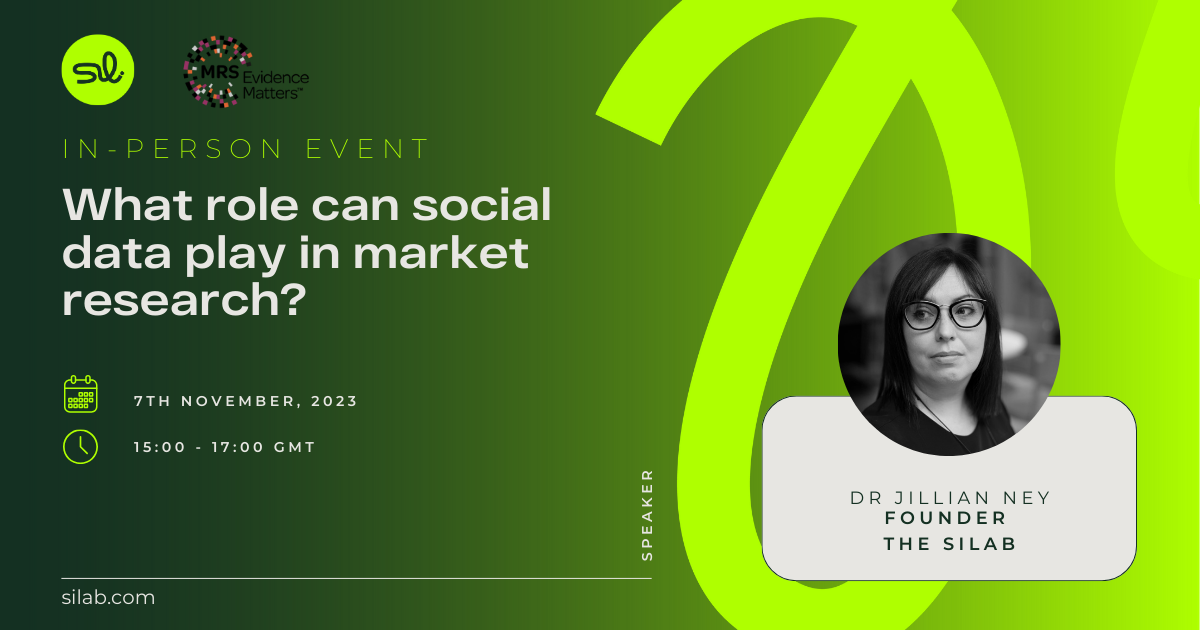
How to measure brand purpose
New trending topics emerge as quickly as you can hit “retweet” on the latest viral meme. The fast-paced social media landscape can influence culture in the real world just as rapidly. And with the world changing at such breakneck speed, brands don’t have enough time to react, throwing traditional crisis management out the window.
This calls for a need among brands to measure culture evolution in real-time in order to adapt to the changing times.
The unprecedented challenges for brands
Culture today is largely driven through social media, where there’s an increase in tribalism and a lack of trust in our institutions. This brings about unprecedented challenges for brands.
Consumers are getting behind different movements, with new ones emerging every few days. And amid all this, brands are expected to get involved. They can no longer sit on the sidelines without taking a stand on key issues consumers care about. According to a Gartner study, 85% of millennials reported that a brand’s public commitment to social impact directly influences their decision to purchase from or recommend that brand.
What complicates this is the highly polarised environment we live in. No matter which stance you decide to take, there will be an opposition.

Social listening as a way to measure brand purpose
While brand purpose is nothing new, the fact that social culture is evolving more quickly and becoming more polarised means it can be difficult to know what to stand for. One of the key requirements to navigate through this challenging environment is to build a natural, values-based purpose to nurture emotional engagement between brands and consumers.
And social listening can play a critical role in measuring brand purpose. Although it may not be a complete representation of all the opinions of consumers and customers, it provides critical input to help brands understand what they have to react to. In other words, social listening data can be used to complement all the existing data that you already have to add context and gain a better understanding of consumer opinions.
The challenge and opportunity
Social listening gives you access to a massive real-time data set, which may be a rich resource of insights. But this presents its own challenge. How can you use this information to measure something that seems as vague as brand purpose?
For example, the concept of trust may not be explicitly stated on social media. People don’t necessarily say, “I trust so and so brand.” Instead, they might talk about how they always go for products from X brand due to Y reason. This is an expression of trust but there’s no keyword in the sentence that explicitly states it. There’s a lot of implicit meaning, sarcasm, and subtleties that may be difficult to measure when it comes to social listening data. The word “small” may be a good thing in the context of smartphones but not in the context of hotel rooms.
In addition, there’s also the challenge of classifying the data around brand purpose. Currently, brands are only processing about 21% of their unstructured data. They should be aligning social listening initiatives with other Voice of the Customer analysis. When processing all this data from different sources, though, it’s important to do so under the same machine learning model. This will present a more unified and comprehensive understanding of your customers.
The need for a consistent machine learning solution
To efficiently tackle the above challenges, there’s a need to build machine learning models trained by humans. But humans don’t always agree on specific definitions. Even on basic sentiment analysis, multiple humans evaluating the same records agree about 60-80% of the time even for something simple as sentiment.
When training machine learning models, it's important to remember that analysts may look at things through a certain prism without reflecting the broader population. This means they could be introducing bias into the model. You need to ensure that this doesn’t happen in order to build an unbiased and consistent model.
It's also crucial to have good input that’s consistently labeled and defined. It should work not just on the data you’re looking at today but also on new data as it comes in, and not just for your brand but others within your industry as well.
Learn more about how to build machine learning models for processing the social voice of customer data in our webinar “How to measure brand purpose at the speed of culture” in partnership with Converseon.
This interview was recorded via LinkedIn Live, if you prefer to view on LinkedIn, click the button below.
View InterviewSee related content








